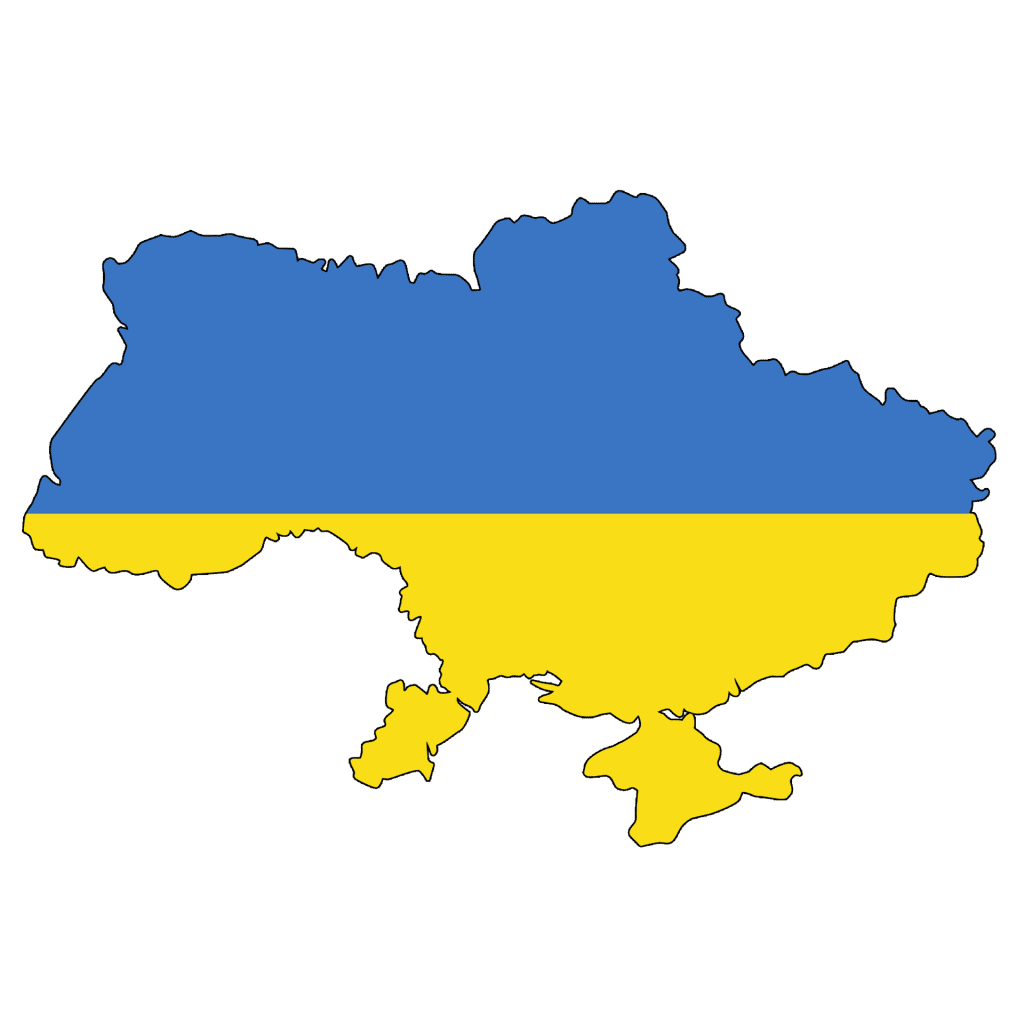For some weeks fear has risen that Ukraine is on the verge of being invaded by Vladimir Putin’s Russia. Russia has sent more than 100,000 troops and moved heavy weapons to the Ukrainian border; they have also positioned forces along the Belarus-Ukraine border.
US President Joe Biden recently accused Moscow of deploying saboteurs in Ukraine to start violence as a pretext invasion, something that Russia did ahead of the annexation of Crimea (a former region of Ukraine) in 2014.
In his recent press conference, in December 2021, Vladimir Putin accused the West of stoking tensions in Ukraine and called for a permanent ban on Ukraine entering NATO. He accused the West of seeking to be on his doorstep and saw military action in Ukraine as a buffer against this.
Russia has demanded an end to NATO military activity in Eastern Europe. That would mean the current military presence being pulled out of Poland and the Baltic republics of Estonia, Latvia and Lithuania, and no missiles deployed in countries such as Poland and Romania. However, the NATO members have long held that these are in place to prevent Russian military aggression, with NATO originally created as a protectorate of eastern European states vulnerable to invasion by the USSR.
Ukraine is not currently a NATO member but is looking for a clear timeline to join.
Putin stated he would take “appropriate retaliatory military-technical measures” if tensions cannot be resolved. US Secretary of State Antony Bliken is meeting with his Russian counterpart in an effort to diffuse the current tension.
Ukraine is a former member of the Soviet Union and many claim has long been seen by Vladimir Putin as a natural part of his territorial ambitions in an effort to restore much of the territory of the former USSR.
The United Kingdom has sent significant weaponry and military equipment to Ukraine in recent days, should Russia invade, with fears that the invasion could spark a more widespread conflict between Russia and the west.
Putin said that the collapse of the USSR in 1991 was the “disintegration of historical Russia” and has long suggested he sees Ukraine as part of the Russian territorial nation. Last year, Putin called Russians and Ukrainians “one nation”, clearly suggesting his belief to Russia’s claim to the territory.
There is a belief that a full-scale invasion is unlikely, but rather the stirring up of tensions, leading to a Russian incursion to stop the troubles, and a grab of territory.
Russia has issued 500,000 passports in rebel-run areas of Eastern Ukraine, suggesting that the protection of its own citizens could be used as a justification for any land invasion.
In this event, President Biden has said controversially that the West would “end up having to fight about what to do”, with a direct military confrontation with Russia raising fears of a greater escalation of war.
The US has stated it has no plans to send combat troops to the region and risk a military face-off between the two former cold war powers, however, has suggested a commitment to helping Ukraine defend its “sovereign territory”.
Biden has threatened measures “like none he’s [Putin’s] ever seen” if Ukraine is attacked, with the potential sanctions including disconnecting Russia’s banking system from the international Swift payment system.
Sanctions are far more commonly used in modern conflicts to avoid full-scale warfare that could cause significant loss of life. It is also likely that western nations would send significant military and humanitarian aid to Ukraine.



